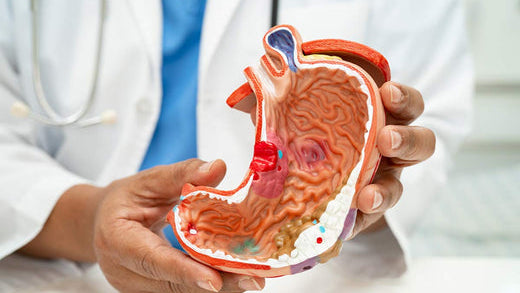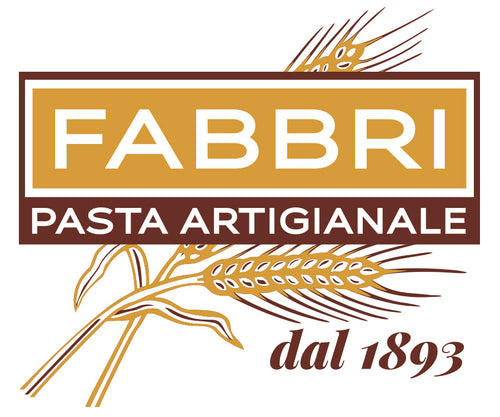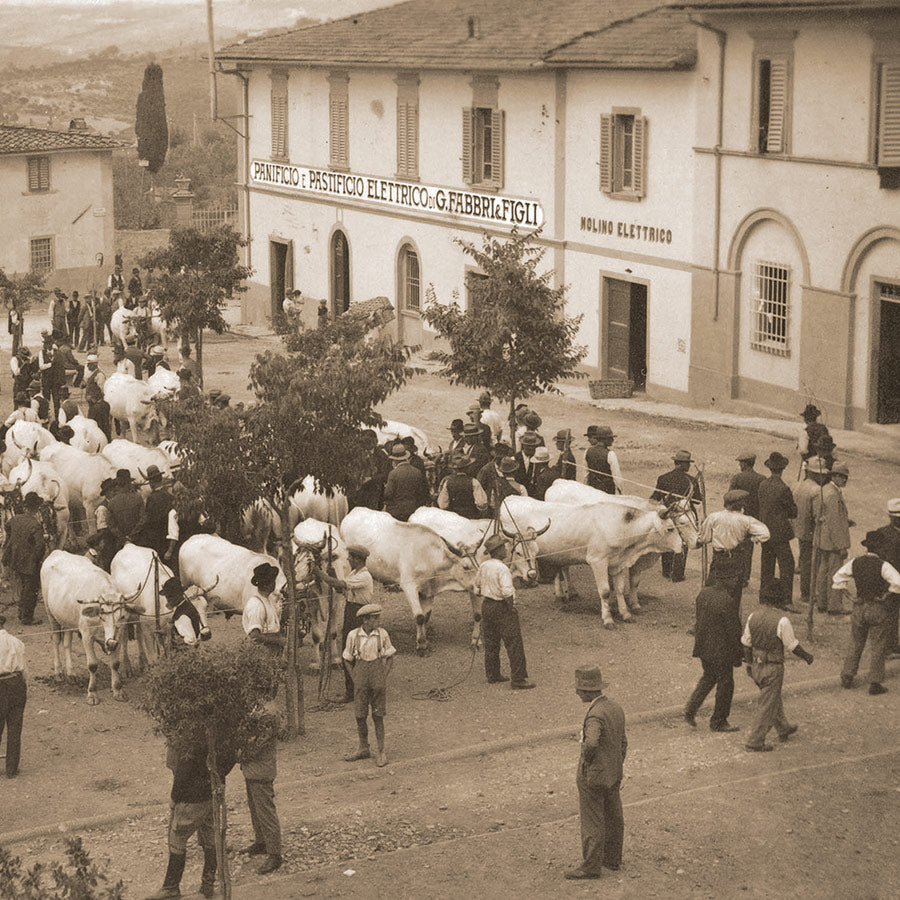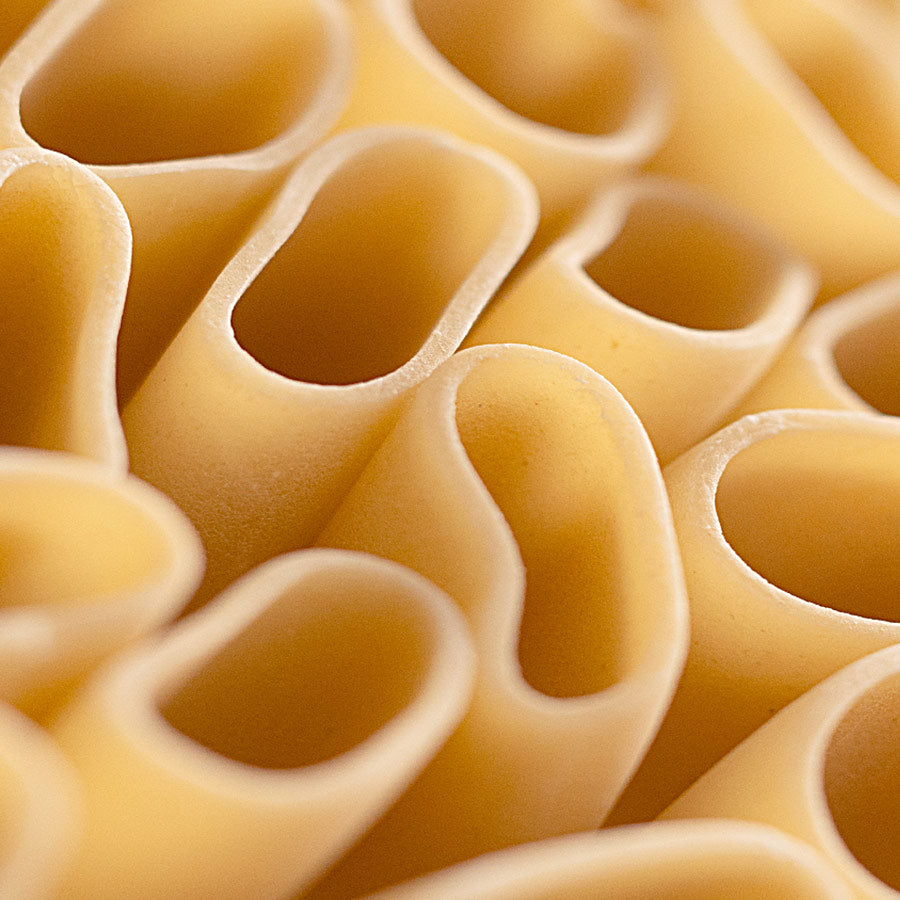A replacement diet based on Khorasan wheat improves the risk profile of patients with non-alcoholic fatty liver disease

If certain pasta makers praise the health benefits of consuming pasta made from ancient grains, research has chosen us, Pastificio Artigiano Fabbri, as a reference point thanks to our natural drying method.
Research "A Khorasan Wheat-Based Replacement Diet Improves the Risk Profile of Patients With Non-Alcoholic Fatty Liver Disease (NAFLD): A Randomized Clinical Trial"
Monica Dinu, Anne Whittaker, Giuditta Pagliai, Ilaria Giangrandi, Barbara Colombini, Anna Maria Gori, Claudia Fiorillo, Matteo Becatti, Alessandro Casini, Stefano Benedettelli & Francesco Sofi
Objectives:
KAMUT khorasan wheat is an ancient grain known for its health benefits. This study aimed to evaluate the effects of a replacement diet based on ancient khorasan wheat products on patients with NAFLD (non-alcoholic fatty liver disease), compared to a similar replacement diet with semi-wholegrain modern organic wheat products.
Methods:
The study involved 40 NAFLD patients (12 men and 28 women; average age 55.2 ± 10.4 years) with mild to moderate liver steatosis. The experimental design was a randomized, double-blind, parallel-group study, with 20 participants assigned to consume either KAMUT khorasan wheat products or control modern wheat products (pasta, bread, crackers, biscuits) for a 3-month period. Anthropometric measurements, blood analyses, and an ultrasound examination were performed at the start and end of each dietary intervention.
Results:
After applying a general linear model for repeated measurements, adjusted for baseline demographics, risk factors, and medication use, it was observed that alanine aminotransferase (ALT) levels decreased by 12%, aspartate aminotransferase (AST) by 14%, alkaline phosphatase (ALP) by 8%, and cholesterol by 6% only in the khorasan group (p < 0.05 for all). Similarly, significant reductions were seen in pro-inflammatory factors such as tumor necrosis factor-alpha (50%), interleukin-1 receptor antagonist (37%), interleukin-8 (24%), and interferon gamma (24%) only in participants who consumed khorasan products (p < 0.05 for all). Finally, significant improvements were observed in liver steatosis grading, Doppler perfusion index values, and reactive oxygen species (ROS) production after consuming both khorasan and control products.
Conclusions:
The study suggests that a short-term replacement diet with KAMUT Khorasan wheat products is particularly effective in reducing metabolic risk factors and improving liver health in patients with NAFLD.
Download the research PDF (English language)















